NHL Uniforms: A Brief History – Sleepy Hollow Horseman Crane Full Print Hockey Jersey
Because most of the players also played football in the summer, they simply borrowed these trousers for hockey games and added a turtleneck sweater and knee-high socks to keep warm. There was no need for distinct outfits because there were only fourteen players in total, and it was easy for players to tell who played for whom.
This began to change as teams from other leagues began to play each other, and they frequently wore the same uniform, as in the 1920 Stanley Cup Final, when the PCuHL champions from Seattle donned clothes that were similar to those worn by the Ottawa Senators. The situation was rectified when Ottawa elected to wear white jerseys.
The Detroit Red Wings picked the same colour scheme as the Montreal Canadiens for their new clothes in 1933. To distinguish the teams when they first met in Montreal, the Wings were required to wear white coverings, much like in a modern gym class. They covered up the player’s statistics, enraging the audience and making them look foolish.
As a result, a controversy erupted about the colours used by teams during games. Some clubs had begun to wear contrasting colours voluntarily in the 1940s (including Montreal’s now-odd-looking original white jersey), but the usage of contrasting uniforms became mandated at the NHL meetings in 1950.
The NHL ordered each team to wear contrasting colours to make it easier for spectators to distinguish the teams during black and white broadcasts due to the increasing quantity of motion picture newsreels being created of the action (which would eventually become black and white television).
The host team would wear dark colours, while the visitors would wear white. Hockey Night In Canada advised that the NHL switch to white jerseys for the home team in 1970 so that colour broadcasts could focus on the visiting team’s away jerseys (which were regarded more intriguing). In the forty years since, whose team wears the dark jerseys has shifted back and forth, with the home team now donning the dark.
Players’ Numbers on NHL Uniforms
The Patrick brothers have usually been credited with inventing the PCHL’s player numbering system in 1915, however this is incorrect. The National Hockey League (NHL) was the first to implement this policy in 1911, with a rule requiring “players to wear identifying numbers on armbands affixed on their left arm.”
When they were deemed inadequate, huge numbers were embroidered on the front of the sweaters, and a board with the player’s name and number was set up at one end of the rink. Individual programmes would eventually replace the board, and numbers would be put to the back of the jersey.
The NHL mandated that players’ numbers be painted in white on the boot of their skates beginning in 1954. This was done to aid player recognition when awarding assists and when the uniform numbers were not visible on broadcast or in pictures. This was only for a few years.
In 1977-78, the NHL enacted a new regulation requiring players’ names to be printed on their jerseys alongside their numbers. Harold Ballard, the owner of the Leafs, declined, arguing that no one would buy his programmes if he did. Ballard gave in when the league threatened him with severe sanctions.
The names appeared on the Leafs’ blue jerseys in blue for their next game in Chicago on February 26, 1978, making them unreadable. The league modified the rule the next day, stating that the names must be in a colour that contrasts with the jersey colour. The Leafs then adopted a different colour scheme than the rest of the league.
NHL uniforms for the Montreal Canadiens
With their red, white, and blue sweaters with the ‘Ch’ on the front, the Montreal Canadiens are the most identifiable hockey team in the NHL. The first Montreal uniform, however, was a full blue colour with a white crescent ‘C’ on the front when the team was founded in 1910.
They didn’t switch to red, white, and blue until the next year, but their sweaters were still different. The blue letters ‘CAC’ (Club Athletique Canadien) were on a white maple leaf, and the outfit had striped lines reminiscent to the Ottawa Senators’ barber poles. As a result, Montreal was the first NHA/NHL team to wear a maple leaf on their sweaters, not Toronto.
When Montreal finally switched to the more familiar jersey, the ‘CH’ on the chest was replaced with ‘CA’ (which was changed the next season). After winning the Stanley Cup in 1924, the Canadiens wore an earth globe on their chest instead of the ‘CH’ to denote that they were the World Champions for the 1924-25 season. The characteristic uniform we know today was perfected by 1925-26.
Oddities in Hockey and NHL Uniforms
The Windsor Swastikas of Nova Scotia wore the ancient emblem of good luck on their sweaters. During the 1910s, they won multiple titles. The team opted to replace the insignia due to the symbol’s new use in Nazi Germany in 1933. The army’s Toronto 228th battalion, a team of hockey players, wore khaki jerseys for the 1917 season. Needless to say, the colour decision did not go over well with the supporters.
King Clancy was honoured with a special night in Toronto on St. Patrick’s Day, 1934. Clancy appeared sat on a throne on a big float after many gifts had been presented. He wore a green uniform with a huge shamrock on the back for the game against the New York Rangers.
After the first period, Lester Patrick instructed Clancy to change back into his usual uniform because the Rangers were perplexed by the green sweater. It’s the only occasion in NHL history that a player has worn a jersey that isn’t the same as everyone else’s. In the 1940s, the New York Rangers believed that their sweaters were to blame for their poor performance.
For one year in 1946, they modified their recognisable clothing by putting a number to the front of the jersey, which they still wear today. When they missed the playoffs yet again, they reverted to their old uniform. In 1974-75, the Philadelphia Flyers hoped to start a pattern by putting a miniature Stanley Cup patch on the reigning Stanley Cup champions’ jerseys.
The idea did not go over well with the NHL, and the Flyers only used it for a few games before dumping it. In the last four decades, there have been some questionable NHL uniform choices. The California Golden Seals were purchased by Charles Finley, the owner of the A’s baseball team, in 1970. He admired baseball players’ white shoes and wanted his hockey players to wear white skates.
Unfortunately, this gave the idea that the players were wearing women’s figure skates, which did not help the Seals’ already shaky confidence. Players also said that something about the white skates held more water than regular skates, causing them to become exceedingly heavy by the third period and slowing the players down. They were only employed for a short period of time. Two abominations occurred in the early 1980s.
The Philadelphia Flyers and Hartford Whalers switched to the new Cooperalls (or, according to Mr. Pichette, CCM Pro Pak long shells) that were becoming popular in amateur hockey. In addition, the Vancouver Canucks, who had worn hideous blue-green clothes since joining the league, have decided to switch to NHL uniforms.
Until the replacements were displayed, most people thought this was a good idea. The new jerseys have a mustard stain on them. I can’t decide which was worse: Tiger Williams looking like he’d just eaten a hot dog or Bobby Clarke and Darryl Sittler dressed in long pants. NHL Uniforms for Referees
Some details about our product – Sleepy Hollow Horseman Crane Full Print Hockey Jersey
KEY FEATURES:
- Hockey practice/scrimmage jersey for a regular playerplayer. Look pro style, great for training or full games.
- Suitable for special occasions such as Christmas, birthday, celebration, housewarming gift.
PRODUCT INFORMATION:
- Made of 100% high-quality bird eye mesh fabric, more wear-resistant.
- Breathable mesh fabric and quick-dry, micro-elasticity.
- A more tailored fit providing improved comfort around the torso and arms.
- Moisture management technology keeps you cool, dry and comfortable
- PRINTS: Dye-sublimation printing
- WASHABLE: Machine wash
- PRODUCTION TIME: 3-5 Business Days
Sleepy Hollow Horseman Crane Full Print Hockey Jersey

Connect us at:
Homepage: Owndesignshirt Store

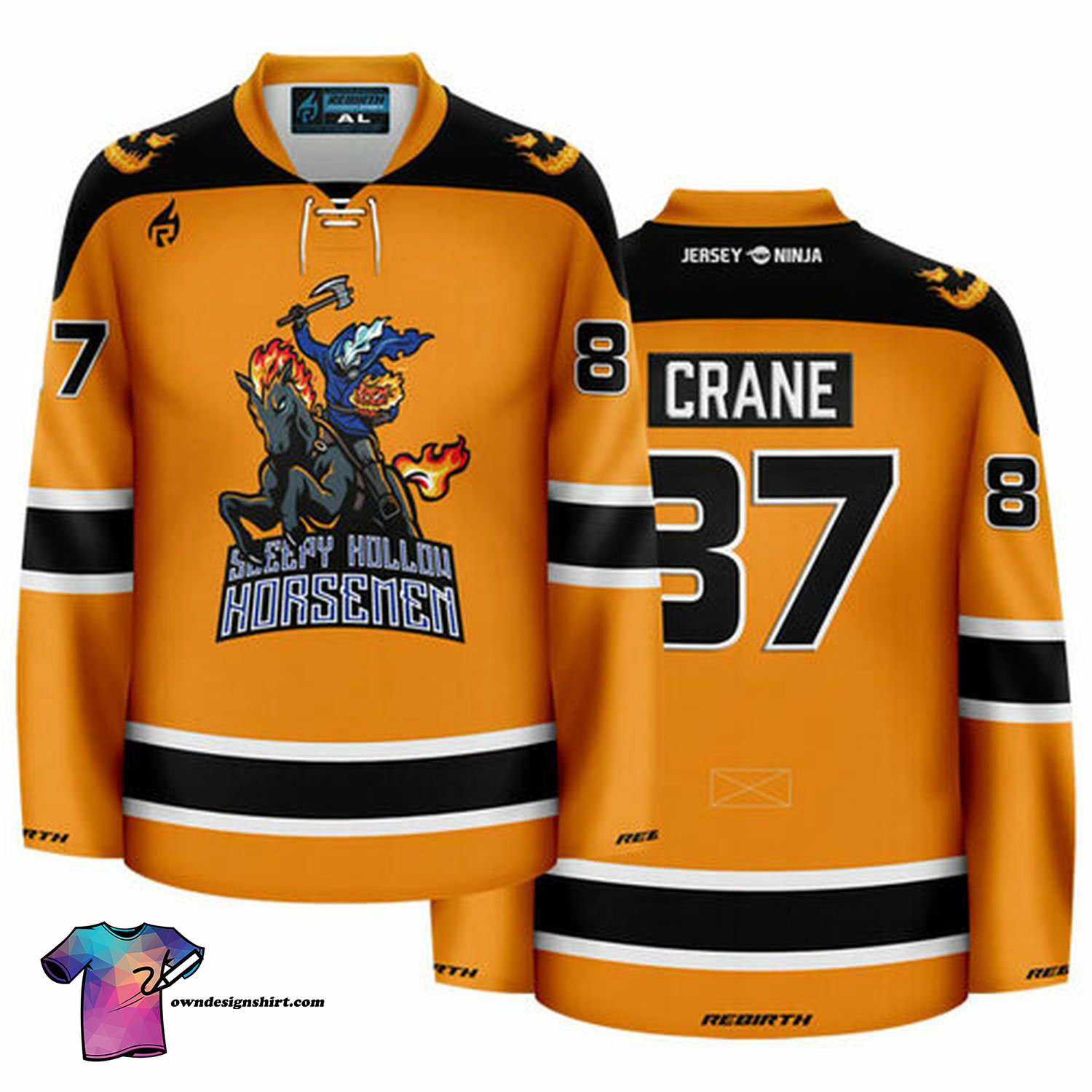






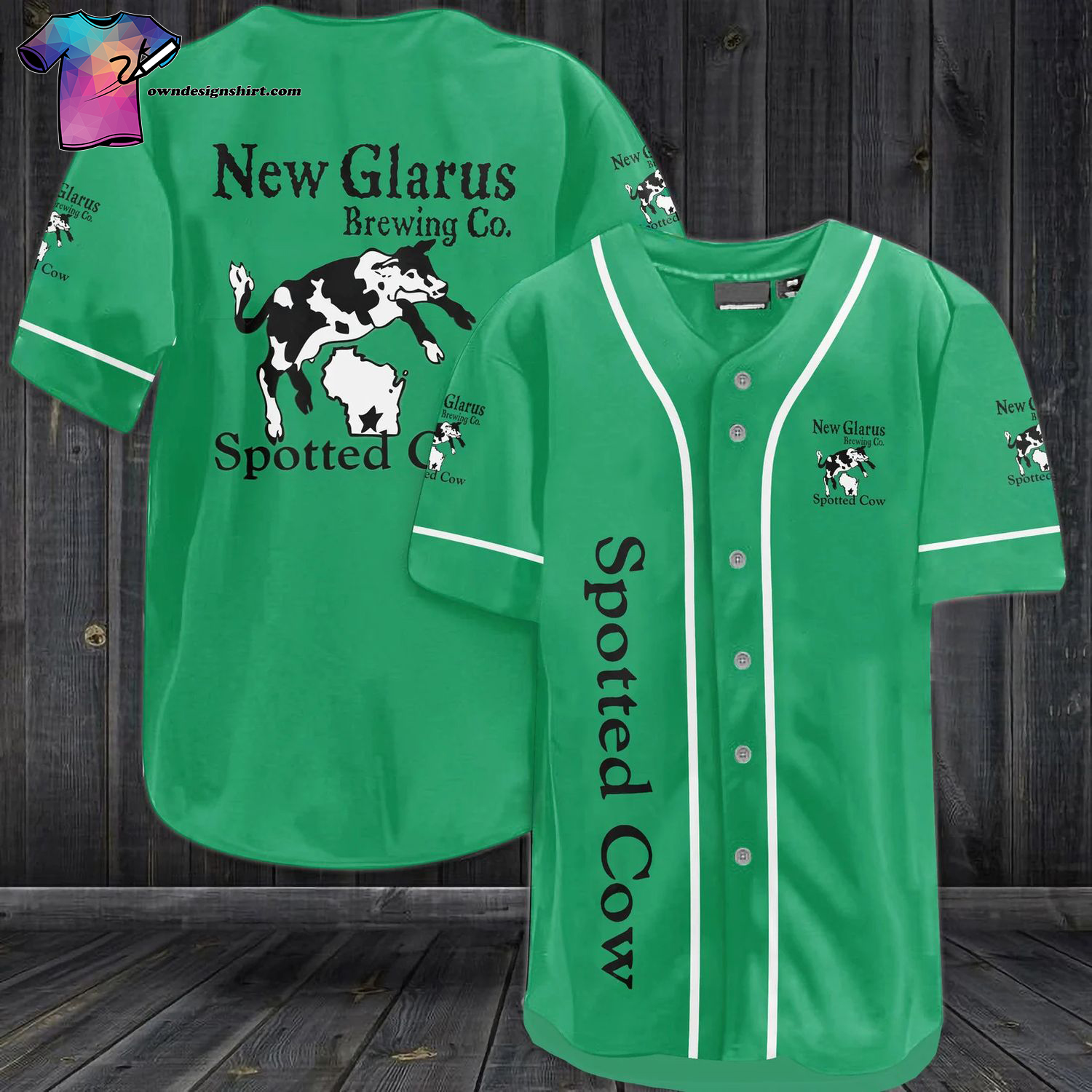

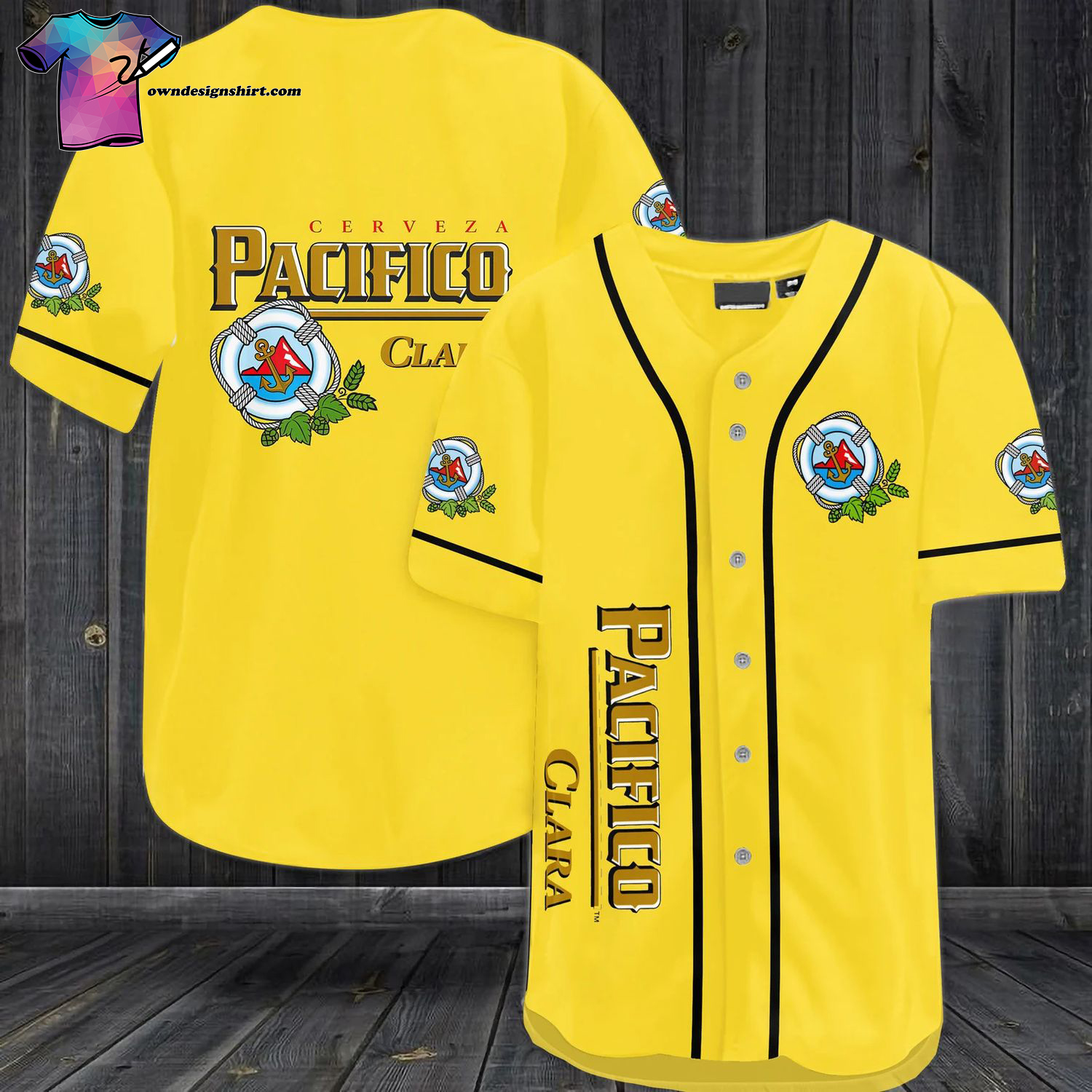


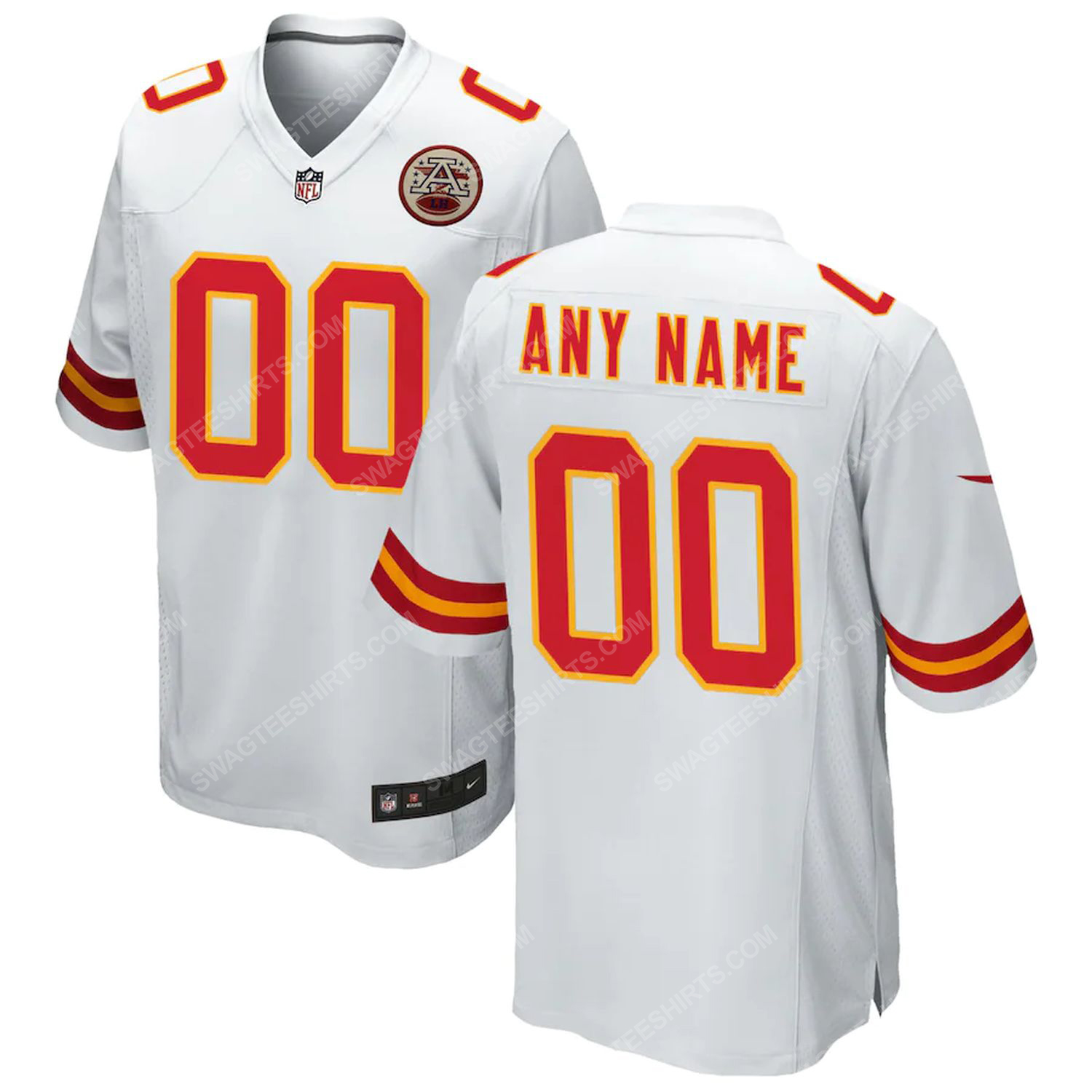


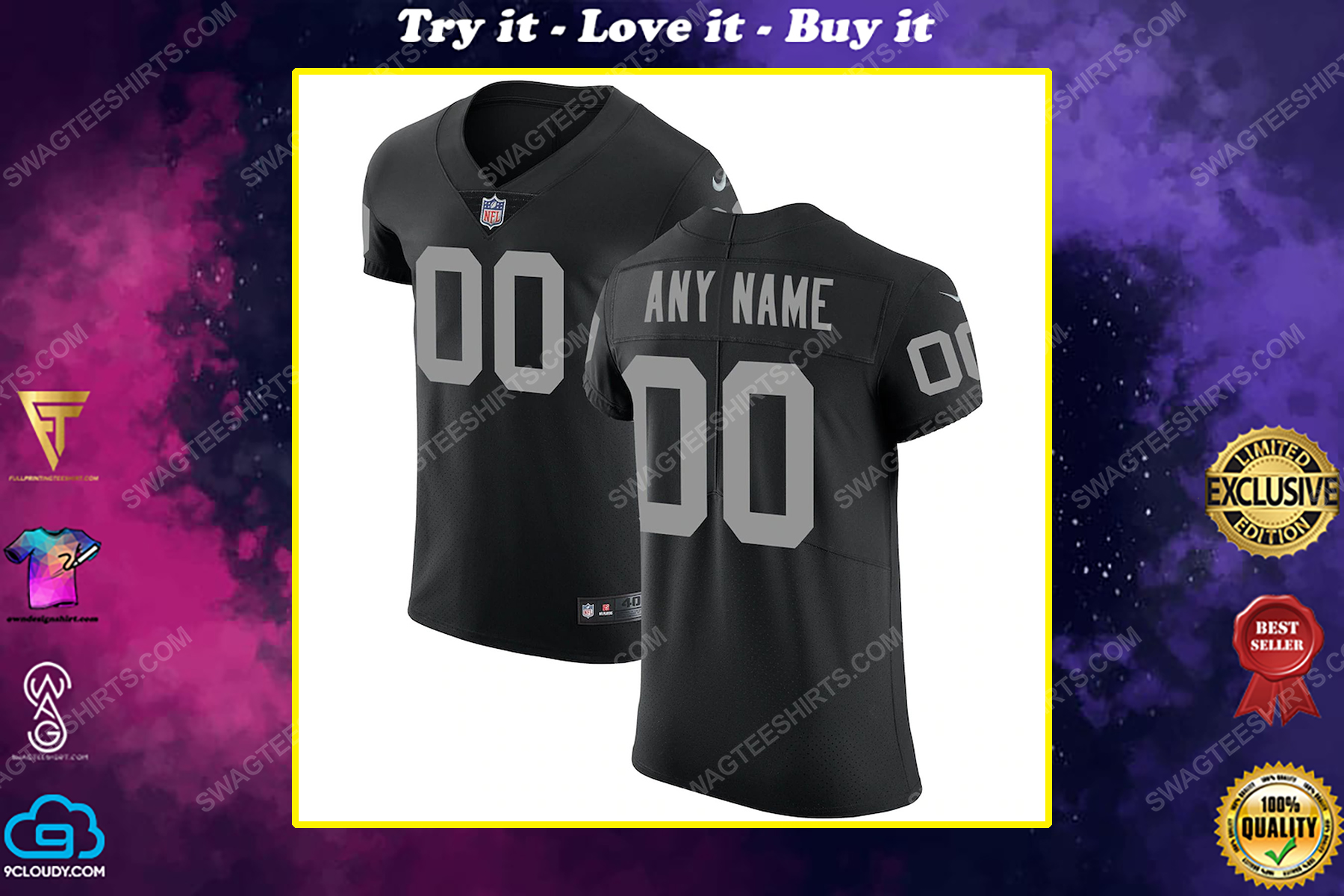











Reviews
There are no reviews yet.